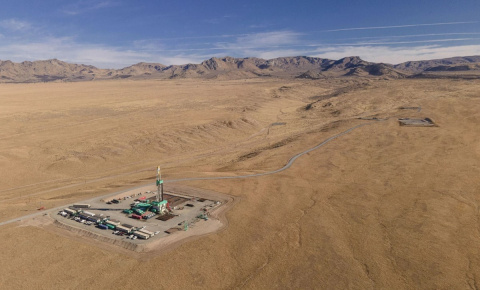
EERE invests in research, development, and technology-validation to help modernize the American energy system and position the United States to lead the world in the technical fields that will soon dominate the global energy market.
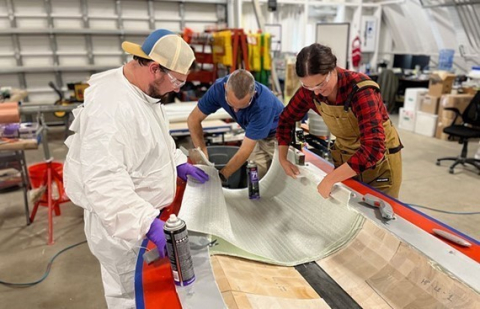
Report suggests investing in strategies and innovations to process the remaining 10%, supporting reuse and recycling.
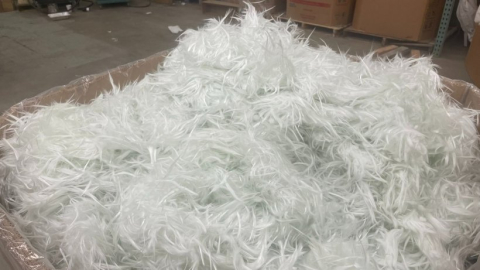
DOE invests $20M to help address technological and supply chain challenges limiting recycling of fiber-reinforced composites and rare earth element magnets in wind turbines and improve wind energy technologies.
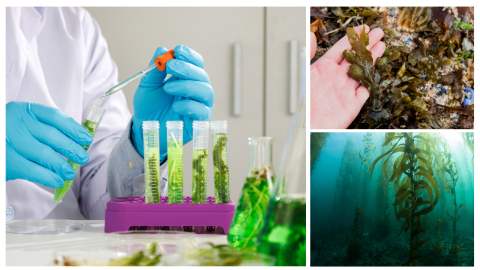
Projects support research and development to convert algae, such as seaweeds and other wet waste feedstocks, into low-carbon fuels, chemicals and agricultural products that can decarbonize domestic transportation, industry, and communities.

DOE and its partners celebrate the installation of a new hydrogen fueling station at Lincoln Financial Field.

$16. 9 million funding available for offshore wind and marine energy research and development.

Draft framework identifies opportunities and challenges to use circularity to improve industry efficiency, secure supply chains, benefit communities, and create jobs.
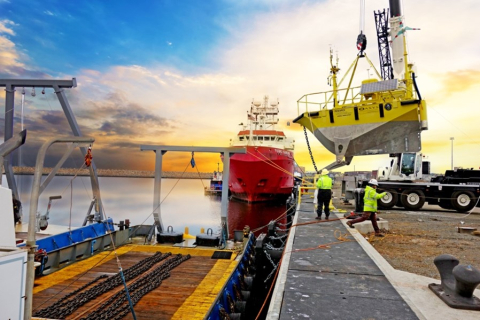
Since its inception in 2014, the Lidar Buoy Program has been instrumental in gathering key data to advance the offshore wind energy industry.
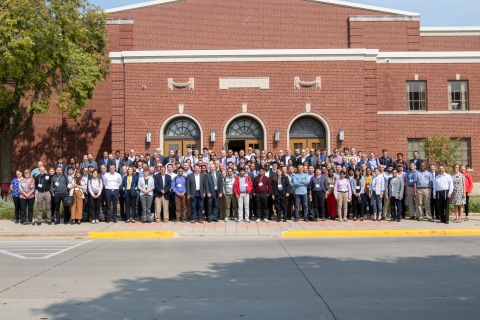
Securing America’s critical material supply chains has become even more vital to the energy economy, and the CMI Hub is mission-focused on addressing the critical materials challenges of today and tomorrow.
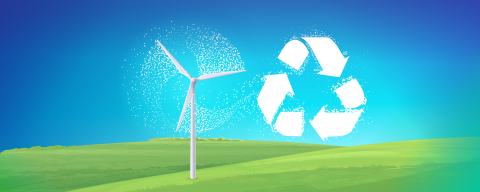
Six teams were selected for creating cost-effective recycling technologies for U.S. wind energy systems.

